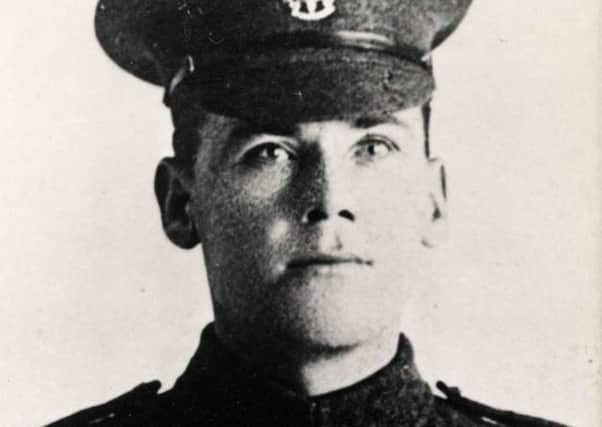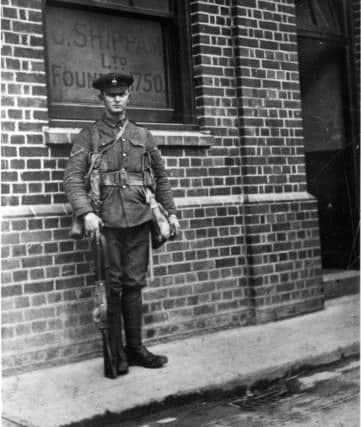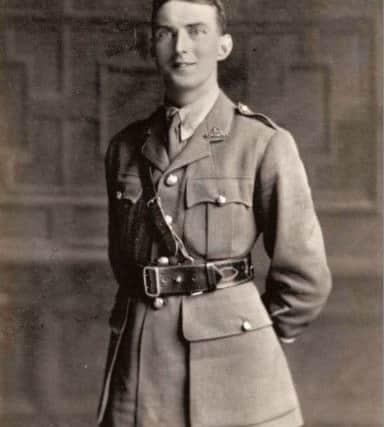Sussex Lambs to the slaughter at Boar's Head 1916


It was the third year of the war on the Western Front. Their target was a salient, or bulge, in the German line near the village of Richebourg L’Avoue in northern France. It was known as the Boar’s Head.
The preliminary artillery bombardment was expected to have destroyed the enemy wire, pulverised their trenches and shattered the morale of the troops.
Advertisement
Hide AdAdvertisement
Hide AdThe Sussex boys, as they prepared to cross the few hundred yards of No Man’s Land, were told to expect little resistance. In fact, the barrage failed in its objectives, and instead they met withering machine gun fire.


In just a few hours, 17 officers and 349 other ranks were killed, and nearly three times that number wounded. They would call it ‘The Day Sussex Died’.
The 11th, 12th and 13th Battalions, Royal Sussex Regiment, were volunteers. On the outbreak of the war in 1914, they had answered the call of Lord Kitchener to form his ‘New Army’.
Local recruitment, to form ‘Pals’ battalions, succeeded in tapping the enthusiasm for the war in those early days.
Advertisement
Hide AdAdvertisement
Hide AdThey were known as Lowther’s Lambs, after Colonel Claude Lowther who raised them, and ‘Peter’, the Southdown lamb, who was their mascot.


The battalions, each 1,100 strong, went overseas in March 1916.
After the battle, when the lists of casualties began to appear, the tragic consequences of parochial recruitment were revealed. In the course of a single morning, individual communities and families were devastated.
Eleven men from Bognor died at the Boar’s Head. Among the officers killed was Francis Grisewood whose family lived at The Den. He had emigrated to Australia but returned home to enlist at the outbreak of war.
Advertisement
Hide AdAdvertisement
Hide AdSome families suffered multiple bereavements. Among those killed were 12 sets of brothers.
In Worthing, three Pannell brothers died, a fourth escaping by the good fortune of being home on leave.
The Boar’s Head was a diversionary strategy, intended to draw German attention and resources from the location of the ‘Big Push’, planned to take place further south, on the Somme.
Yet the week-long bombardment and the build-up of Allied troops gave lie to that ploy and eliminated any element of surprise.
Advertisement
Hide AdAdvertisement
Hide AdAgain, the failure of the barrage contributed to the scale of the losses. On the first day, Saturday July 1 1916, the worst day in British military history, 19,240 were killed and 38,230 wounded.
Eight battalions of the county regiment were drawn into a battle that ground on until mid-November. Named on the Chichester City War Memorial in the Litten Gardens are 46 men who died on the Somme.
Official cameramen were permitted to film at the front line and when, late in October 1916, The Battle of the Somme was shown at Poole’s Picture Palace in East Street, the people of Chichester queued round the block to see for themselves the reality of war in the trenches.
Despite the horrendous loss of life, little territory was gained and the hoped-for breakthrough failed to materialise.
Advertisement
Hide AdAdvertisement